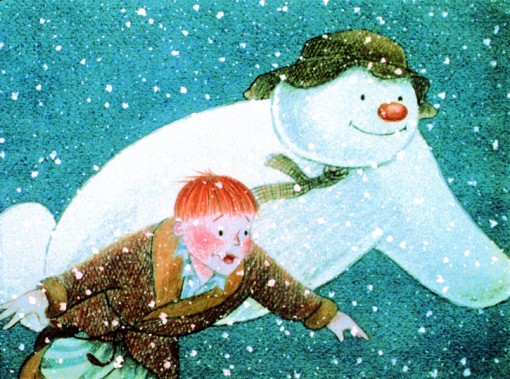Twenty-twelve is shaping up to be such a year of plenty for high-profile animated features—originals, adaptations and franchise sequels—that it is starting to remind one of the old days of the “Toon Boom.” [not to be confused with the popular 2D animation software] For those who don’t remember or weren’t around for the Toon Boom (a phrase I unfortunately brought to prominence through writing for the Hollywood trade papers in the 1990s; and yes, I’m sorry), it was an era when the artistic and commercial success of films like An American Tail, Who Framed Roger Rabbit, and The Little Mermaid, and The Simpsons on television, not only rescued feature animation from its earlier doldrums, but prompted an explosion in the art form.
During the Toon Boom, every studio in town, whether they had a track record in animation or not (and for most, it was not), jumped on the bandwagon as fast and hard as they could to get a feature animation department up and running. The joke at the time was, the only thing rarer in Hollywood than an agent with a conscience was an unemployed animator.
To ramp up that quickly on an industry wide basis meant that an enormous hunt for artists was underway. In other words, talent poaching was rampant, and it was not confined to Hollywood.
Back in 1997, about a year before the first fruit of this toon renaissance was scheduled for release, I had the opportunity to speak with producer John Coates, whose animation company TVC, which he had started in 1957 with George Dunning, was one the longest-operating toon shop in England. Based in London, TVC’s biggest hit was 1968’s Yellow Submarine, though they were also known for the 1982 short The Snowman and the 1995 feature The Wind and the Willows. [Interestingly enough, Channel 4 will premiere the sequel for The Snowman this upcoming Christmas, just in time for the award-winning special’s 40th anniversary.]

At the time we spoke, John was ready to greatly reduce his studio’s output: “Two years ago I decided that 40 years is long enough,” he told me. Even so, he remained a bit bemused by what might be termed the Toon Boom American Invasion:
“Warner Bros. opened up here in London and Disney came in and poached English animators, some of whom are back in Los Angeles now. I think quite a lot of the animators who went over to Warner Bros. were a little disenchanted, and have come back out here. English animators work on a much more relaxed basis, and the American studios clock you in and clock you out, and give you one hour lunch, and while they pay very well, they’re not sympathetic toward the artist. We use artists and they work on a very relaxed basis. Everybody who’s involved in one of our films knows the delivery date when it has to be finished, and they’re no messing about. We pay our animators by the foot so the interest is there to get their footage done, and they don’t actually get paid until the director has Oked the line test. But we don’t clock people in and out, and we don’t restrict their lunch times.”
With so many pubs available in every square mile of London, why would you?




 Win a Funko X Lilo & Stitch Prize Pack!
Win a Funko X Lilo & Stitch Prize Pack! 
